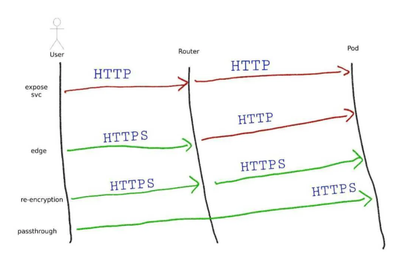
Challenge
Managing the software development lifecycle at an enterprise scale presents significant challenges, particularly in ensuring consistency, security, and compliance while maintaining agility. Large organizations often struggle with fragmented toolchains, lack of process standardization, and inefficient collaboration across teams. Without a unified Application Lifecycle Management (ALM) platform, development teams face:
- Siloed Workflows: Disconnected development, testing, and deployment processes leading to inefficiencies.
- Tool Fragmentation: Multiple unintegrated tools requiring manual intervention, increasing complexity and error rates.
- Security & Compliance Risks: Lack of standardized governance, security scanning, and auditability across the software delivery pipeline.
- Limited Observability: Difficulty in tracking application health, deployment success rates, and performance bottlenecks in real time.
- Slow Release Cycles: Time-consuming manual processes slowing down development and increasing time-to-market.
Solution
To address these challenges, I designed and implemented an enterprise-scale ALM platform based on OpenShift that standardized and automated the entire software development lifecycle. The solution provided an end-to-end ecosystem integrating:
- CI/CD Automation: Fully automated continuous integration and deployment pipelines to enforce consistency and accelerate software releases.
- Security and Compliance Integration: Built-in vulnerability scanning, security testing, and policy-driven governance to ensure regulatory compliance.
- Artifact Management: Centralized repository for storing, versioning, and distributing software artifacts, ensuring traceability and reusability.
- Role-Based Access Control (RBAC): Granular access control ensuring secure collaboration while enforcing enterprise policies.
- Automated Testing Framework: Seamless integration of unit, integration, and end-to-end testing into the pipelines, reducing defects early in development.
- Observability and Monitoring: Implementation of real-time monitoring tools to provide actionable insights into deployment performance, application health, and resource utilization.
- Self-Service Developer Portals: Enabling teams to provision environments, trigger deployments, and access logs through a streamlined and user-friendly interface.
By unifying all aspects of the development lifecycle into a single, automated platform, I eliminated inefficiencies, improved security posture, and enhanced overall software quality.
Results & Impact
The implementation of this OpenShift-based ALM platform delivered transformative improvements across the organization, including:
- Unified and Integrated Development Ecosystem: Consolidation of CI/CD, security, artifact management, and testing into a seamless workflow.
- Stronger Compliance and Governance: Automated policy enforcement reducing security risks and ensuring audit readiness.
- Real-Time Observability and Performance Insights: Enhanced monitoring capabilities providing visibility into application health and deployment metrics.
- Increased Development Efficiency: Reduction in manual effort and improved developer productivity through self-service capabilities.
- Faster Time-to-Market: Accelerated release cycles through automation, reducing deployment timelines from weeks to days.
By establishing a fully integrated, secure, and scalable ALM platform, I enabled development teams to work more efficiently, deploy with confidence, and innovate at scale.







Comments